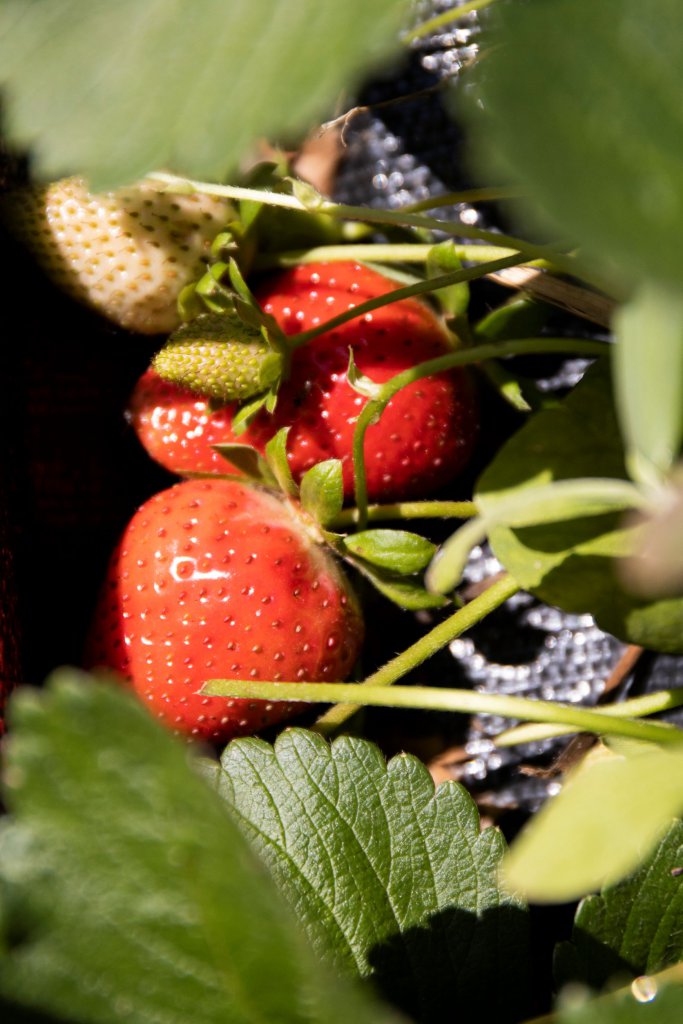
Florida may be known as the winter strawberry capital of the world, but the time is now to plant strawberries.
Fall means the air is soon going to get a little drier and maybe a little cooler in much of Florida. The temperature should be between 50 degrees and 80 degrees for best strawberry growth.
Vance Whitaker, a strawberry breeder at the Gulf Coast Research and Education Center, co-authored a newly revised UF/IFAS Extension document that provides tips on how to plant and grow strawberries at home, including suggestions for fertilizer, pest control, harvesting and storage.
“It’s important to remember that strawberries grow best during the winter in Florida,” said Whitaker, an associate professor of horticultural sciences. “In central Florida and west-central Florida, gardeners should plant them in mid- to late-October and they will start fruiting in late November or December.”
Planting can start now for those living in North Florida, Whitaker said.
Among the recommendations from UF/IFAS experts:
- Plant ‘Florida Brilliance’ and Sweet Sensation ™ (‘Florida 127’), both bred by UF/IFAS, in Central Florida, and consider trying ‘Camarosa’ in North Florida. These varieties produce attractive, flavorful berries suitable for eating fresh or for freezing. They produce one to two pints of fruit per plant per season.
- Grow where the plants can get at least eight hours of direct sunlight per day. If that’s not possible, pick a spot that’s sunny in the morning and early afternoon.
- Pile the soil into raised beds for best growth.
- If the temperatures are going to dip below 32 degrees, cover the plants with sheets or blankets – the same advice meteorologists give you when freezing weather is nearing.
Click here to find suggestions on what else to plant in your garden in the fall.









